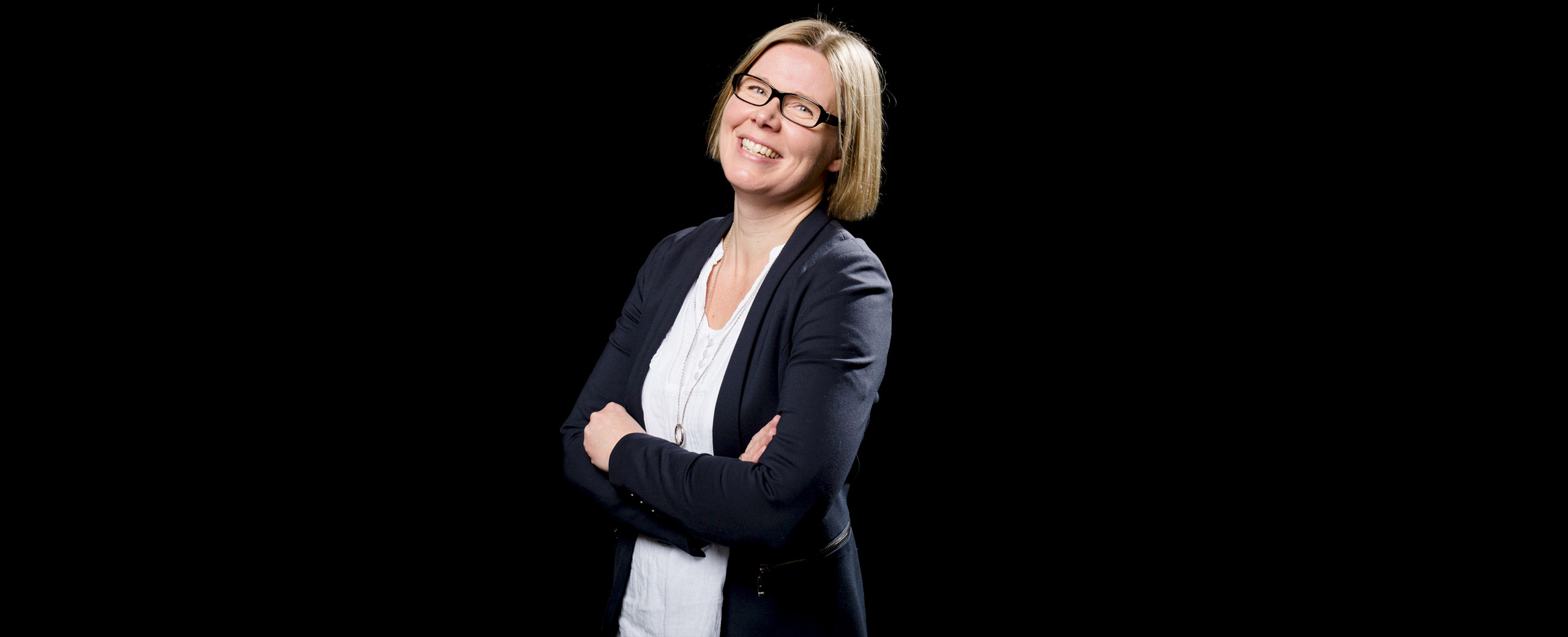A short Finnish version of this text was published in Suomen Kuvalehti on 9 October 2020.
On 1 September 2020, Mika Horelli, in the magazine Suomen Kuvalehti, addressed the problem of the waste from solar panels. Different mixes of materials are used for solar panels and windmills to achieve, for example, good durability. However, the recycling of mixed materials is exceedingly difficult.
And this exemplifies one of the problems of the current linear economy. It is not easy to suddenly find solutions for some hybrid materials once the useful life of the complex products they have been used to manufacture has ended. These may be materials that are developed to enhance the properties of a product – to improve its fire-resistant qualities, to make it more pleasant to the touch or to improve its acoustic or aesthetic appeal. And if, at the very start of a product’s life cycle, we do not design and put in place a plan for continuing the use of these materials, then we end up generating disposable waste with no value.
When designing products to be sustainable, there needs to be a balance in place between the value of the materials used and their potential for future reuse. The same challenge applies to new smart technologies.
The need for a carbon-neutral circular economy is evident. The aim must be to keep a material in circulation for as long as possible, from one life cycle to another, so that its value can be maintained and the use of virgin natural resources reduced.
Unfortunately, the circular economy of materials has not progressed hand in hand with the development of new technological solutions. Faster progress is vital when looking for solutions to mitigate climate change and preserve biodiversity.


















Recommended
Have some more.